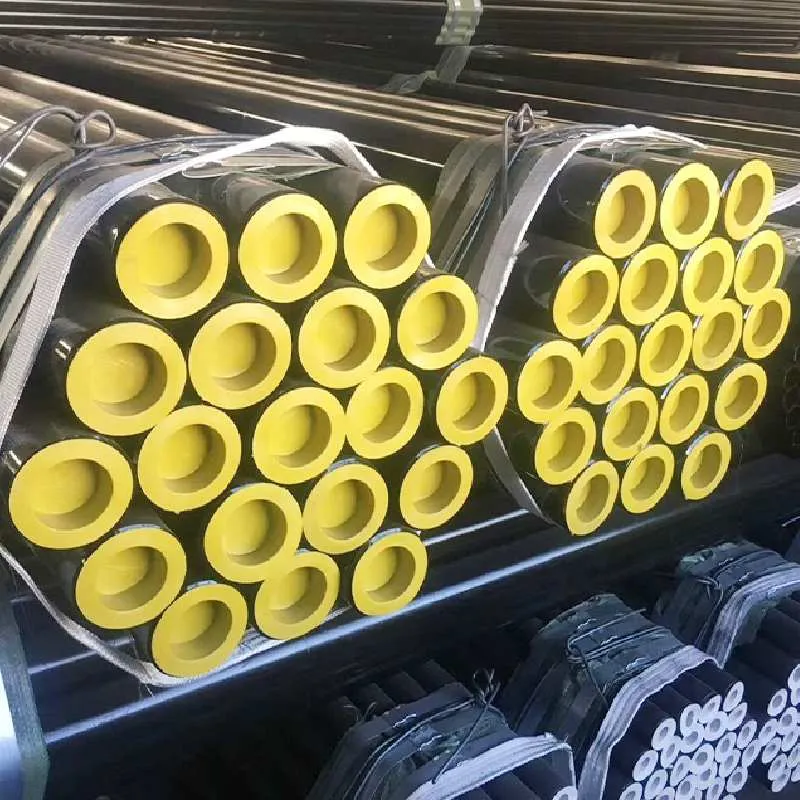-
Cangzhou Yulong Steel Co., Ltd.
-
Phone:
+86 13303177267 -
Email:
admin@ylsteelfittings.com
- English
- Arabic
- Italian
- Spanish
- Portuguese
- German
- kazakh
- Persian
- Greek
- French
- Russian
- Polish
- Thai
- Indonesian
- Vietnamese
- Zulu
- Korean
- Uzbek
- Hindi
- Serbian
- Malay
- Ukrainian
- Gujarati
- Haitian Creole
- hausa
- hawaiian
- Hebrew
- Miao
- Hungarian
- Icelandic
- igbo
- irish
- Japanese
- Javanese
- Kannada
- Khmer
- Rwandese
- Afrikaans
- Albanian
- Amharic
- Armenian
- Azerbaijani
- Basque
- Belarusian
- Bengali
- Bosnian
- Bulgarian
- Catalan
- Cebuano
- China
- China (Taiwan)
- Corsican
- Croatian
- Czech
- Danish
- Esperanto
- Estonian
- Finnish
- Frisian
- Galician
- Georgian
- Kurdish
- Kyrgyz
- Lao
- Latin
- Latvian
- Lithuanian
- Luxembourgish
- Macedonian
- Malgashi
- Malayalam
- Maltese
- Maori
- Marathi
- Mongolian
- Myanmar
- Nepali
- Norwegian
- Norwegian
- Occitan
- Pashto
- Dutch
- Punjabi
- Romanian
- Samoan
- Scottish Gaelic
- Sesotho
- Shona
- Sindhi
- Sinhala
- Slovak
- Slovenian
- Somali
- Sundanese
- Swahili
- Swedish
- Tagalog
- Tajik
- Tamil
- Tatar
- Telugu
- Turkish
- Turkmen
- Urdu
- Uighur
- Welsh
- Bantu
- Yiddish
- Yoruba

Dec . 05, 2024 02:13 Back to list
asme a333
Understanding ASME A333 Requirements and Applications of Seamless and Welded Steel Pipes
The ASME A333 standard, formally titled Specification for Seamless and Welded Steel Pipe for Low-Temperature Service, is a crucial guideline for manufacturers and engineers in the field of materials and construction. This standard primarily focuses on the specifications and requirements for pipes intended for use in systems operating at temperatures below ambient conditions, commonly referred to as low-temperature applications. ASME A333 covers both seamless and welded pipe varieties and is essential for ensuring that piping materials maintain structural integrity and performance under extreme temperature conditions.
Key Specifications and Grades
ASME A333 is organized into different grades, which correspond to varying material properties and applications. The most common grades specified in this standard include Grade 1, Grade 3, Grade 4, Grade 6, Grade 8, and Grade 9. Each grade is defined based on its chemical composition and mechanical properties, making it suitable for different low-temperature applications.
- Grade 1 is typically made from the most basic low-temperature materials and is often used in applications where some flexibility is essential. - Grade 6 is one of the most widely used grades due to its excellent toughness, making it suitable for cryogenic applications and other extreme environments. - Grade 9 is manufactured from special alloys, offering superior strength and impact resistance at low temperatures, making it ideal for use in high-stress environments.
Material Properties
The material properties established by ASME A333, such as yield strength, tensile strength, and impact testing requirements, are vital for ensuring safety and reliability in low-temperature service. The standard mandates Charpy V-notch impact testing to confirm that the materials can withstand sudden impacts without fracturing, which is particularly important in low-temperature environments where brittleness can occur.
Moreover, the chemical composition required by ASME A333 ensures that the materials are resistant to cryogenic temperatures and other harsh operating conditions. This allows engineers to confidently use these materials in applications across various industries, including oil and gas, petrochemical, and cryogenic processes.
asme a333

Manufacturing Processes
The manufacturing processes outlined in ASME A333 include requirements for both seamless and welded pipes. Seamless pipes, as specified, are produced without seams, making them stronger and able to sustain higher pressures and stresses. On the other hand, welded pipes are produced by fusing two or more steel plates, providing a cost-effective solution for applications where high strength is not as critical.
Both types of pipes must undergo rigorous inspection and testing to meet the ASME A333 standards before they are deemed suitable for use. These tests include non-destructive testing (NDT) methods, such as ultrasonic testing and radiography, to identify any internal flaws that could compromise the integrity of the pipes in low-temperature service.
Applications
The ASME A333 specification is crucial in various industries that require low-temperature piping solutions. Typical applications include
1. Cryogenic systems Used in liquefied natural gas (LNG) applications, where materials are exposed to temperatures as low as -162°C. 2. Petrochemical plants For transporting gases and liquids at low temperatures. 3. Oil and gas extraction Where pipelines must withstand environmental extremes and maintain structural integrity under high pressure and low temperature.
Conclusion
Overall, ASME A333 provides a fundamental framework for the production and utilization of seamless and welded steel pipes in low-temperature applications. The standard ensures that materials are reliable and capable of performing under challenging conditions, thereby enhancing safety and efficiency in various industrial processes. By adhering to ASME A333 specifications, manufacturers and engineers can ensure that the pipes used in their projects are of the highest quality and reliability, ultimately contributing to the safety and efficiency of their operations.
Latest news
-
ANSI 150P SS304 SO FLANGE
NewsFeb.14,2025
-
ASTM A333GR6 STEEL PIPE
NewsJan.20,2025
-
ANSI B16.5 WELDING NECK FLANGE
NewsJan.15,2026
-
ANSI B16.5 SLIP-ON FLANGE
NewsApr.19,2024
-
SABS 1123 FLANGE
NewsJan.15,2025
-
DIN86044 PLATE FLANGE
NewsApr.19,2024
-
DIN2527 BLIND FLANGE
NewsApr.12,2024
-
JIS B2311 Butt-Welding Fittings LR/SR 45°/90° /180°Seamless/Weld
NewsApr.23,2024











